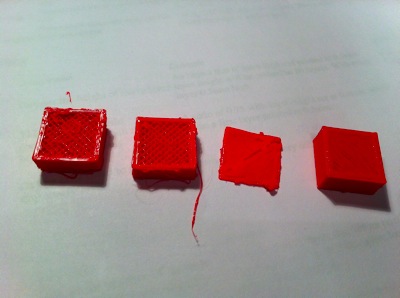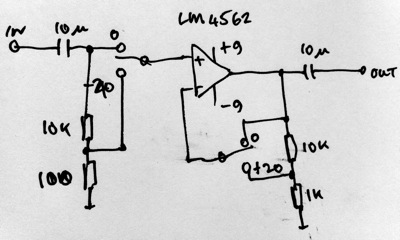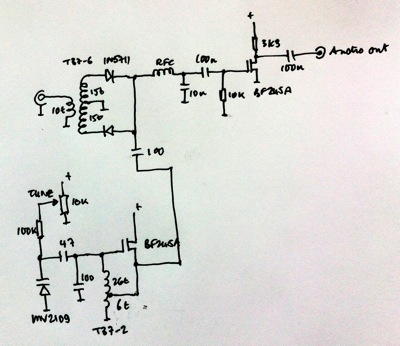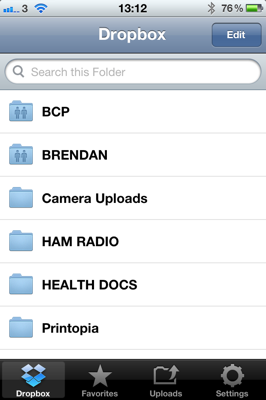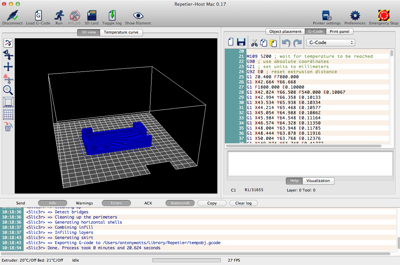I have been in the dark about the fundamentals of finance, especially about loans, leverage, credit, bubbles, derivatives and de-leveraging. What? you too?
OK here goes:
LEVERAGE
Credit is cheap and abundant, "you never had it so good", UK borrows millions, house prices keep rising. The good times?
You buy a house, for say £100,000 (a low figure I admit but just an example). You get a mortgage which needs a 3% down-payment (only), this means you pay £3000 cash and get a loan of £97,000. The leverage on this is 33:1, or 97,000/3000.
Now say you want to refinance the house to reduce your mortgage. The best offer you get is a loan of £100,000 but 20% down-payment. So you have to find an extra £17,000 cash and you mortgage is then £80,000. Th leverage is now 4:1, or 80,000/20,000.
AND AGAIN
You have £100,000 cash to invest, your bank gives you a leverage of 2:1 and you buy £200,000 worth of stocks. Whoopee!!!
But the stocks fall in value by £50000, this is cash you have lost and your collateral is now only £100,000 - £50,000, and your stock value is now £150,000. i.e. a leverage of 3:1. But margin accounts like this can have a maximum of 2:1 so you have to either find £25,000 extra cash to put in or sell enough stock to get back to 2:1 leverage.
BUBBLES
So you have a portfolio of £200,000, if the assets rise to £300,000 your collateral is now the original £100,000 + the new £100,000 = £200,000. And with this you can buy £400,000 worth of stocks. Or house owners can buy more houses, etc.
Then the bubble pops, and the assets fall dramatically. Your collateral declines, the lender faces losses, houses are given back to lenders…
Look at it from the point of view of the bank. The bank keeps some cash around, called reserves. This is around 4% of the a value of the loans it has extended (cash is £1 for every £25 loaned!). If it has losses then they can eat up the 4% cash pretty quickly, if they do so the bank is insolvent and cannot offer any new loans. The bank is forced to sell some of its assets to get some cash.
DERIVATIVES
Say the bank has extended £1M loans, but its cash lok likely to go down to just £1, a leverage of 1,000,000:1, then it must liquidate its liabilities and raise cash to restore the 4% (25:1) it needs, this means raising £40,000 cash. How?
Sell assets, even at a loss which it must absorb, e.g. it sells the house above which is now worth only £50,000 against a mortgage it extended of £100,000 and get £50,000 from its reserves. Or it can keep the loans on its books at full value (that is assume the house is still worth £100,000 or the market will bounce back). Or it can sell assets it has of gold, bonds, property…
But here we enter the world of derivatives. It sells derivatives against assets it does not own, for cash, but which it believes it can buy at a later date for less than it now sells them. It also hedges against possible losses by buying derivatives from someone else. Any difference in the performance of these derivative in the market place is a profit to boost its collateral, or a loss…
Now finally if its cash reserve is too low it is in a bind, it cannot declare the true value of its assets (houses) NOR can it sell them and take to losses as the cash reserve is too low and even negative, so it is in solvent. That a bind! You see the true collateral it has = assets at market value, i.e. what it could sell them for.
DELEVERAGING
If the market goes down, the house asset is impaired and could lead to insolvency. The house may "go under water" with a mortgage > house value. Then there are two choices, continue to demand and get the "owner" to pay the mortgage and come up with the cash to meet mortgage - value. Or the owner declares bankruptcy (he is then most unlikely to ever get any new loans).
If a factory has outstanding debts greater than it cash + assets, then it cannot pay them off. It can sell some assets to "put off the day" and hope the market will rise again. Overall if the assets are sold for cash then cash rises in value, and the assets decline in a flooded market.
It's all a fiddle and very, very complex. Some find it fun, others think it a stupid way to provide money to make the world go round.

